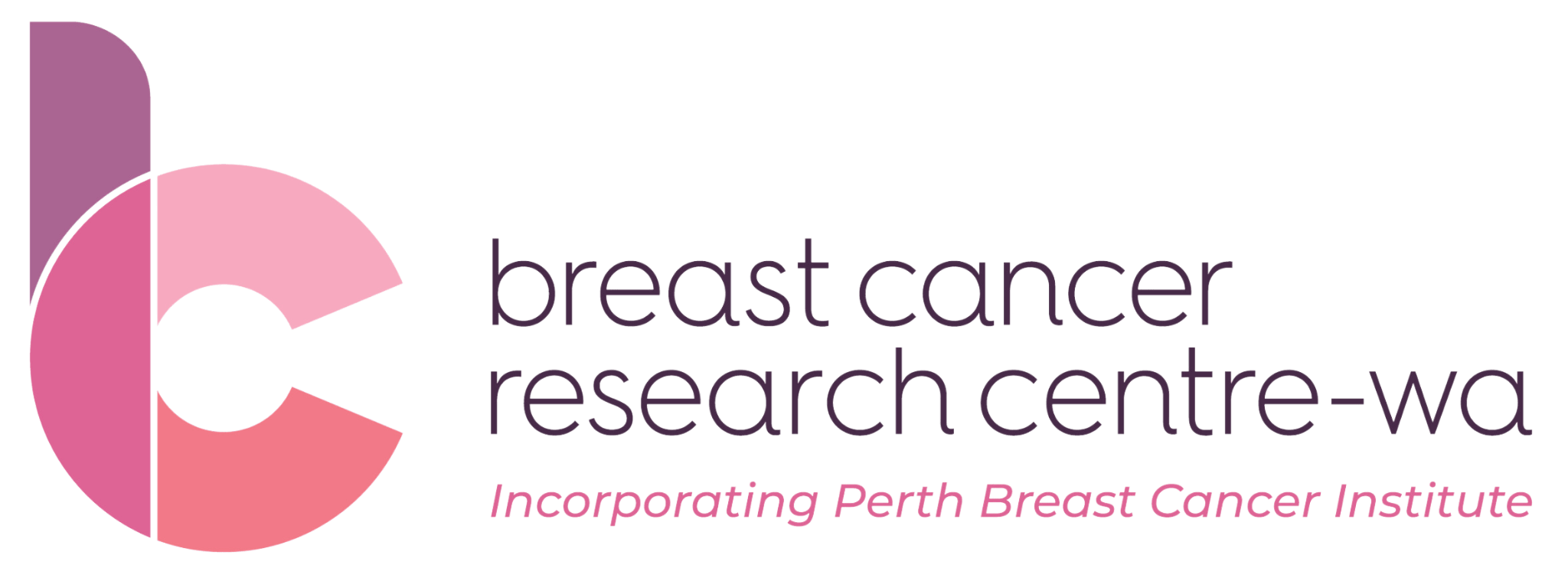Management of Breast Lumps: The Triple Test Approach
In October, Breast Cancer Awareness Month provides us all with an opportunity to focus on breast cancer and its impact on our families, friendship circles and the community. For many women, the focus on “breast awareness” prompts them to familiarise themselves with the look and feel of their own breasts, and occasionally they become aware of a lump or other breast symptom. It is important for all women and men to promptly report any changes in their breasts and to promptly seek medical attention.
A patient with a breast symptom should not attend a screening service such as BreastScreen WA, but rather a diagnostic service which can be facilitated through their General Practitioner (GP) or a Breast Assessment Clinic, as clinical examination and more extensive investigations will be required.
The Breast Clinic at BCRC-WA is staffed by two Breast Physicians who are GPs with a special interest and training in the management of breast-related problems. We welcome referrals from GPs and Specialists as well as self-referrals from patients.
Investigation of a breast symptom follows the “triple test” approach. The three elements of this test are:
- Medical history and clinical examination,
- Diagnostic imaging, and
- Biopsy
Medical History and Clinical Examination
At the first visit, a patient’s full medical history will be taken, with particular emphasis on her symptoms and risk factors for breast disease such as a family history of breast and related cancers, hormone therapy use (such as hormonal contraceptives and hormone replacement therapy), lifestyle and reproductive factors.
A clinical examination will be performed focusing on the breasts and axillae (armpits) and taking note of any signs of possible breast disease such as skin or nipple changes, lumps, pain and nipple discharge.
Diagnostic Imaging
The second component of the triple test is diagnostic imaging. Same-day imaging is usually possible for women attending the Breast Clinic at BCRC. The choice of investigation depends on the age of the patient.
For patients under 35 years of age, a breast ultrasound is usually the first line of investigation whereas a mammogram (breast x-ray) and ultrasound are normally both performed in women over 35. Mammograms are still the best test for breast cancer and will be performed in patients of any age if the clinical or other findings are suspicious for breast cancer.
The use of digital tomosynthesis (3-D mammography) is very useful in the work-up of women with a breast abnormality as it has greater accuracy compared with standard 2-D mammography, particularly in women with dense breast tissue. The choice of imaging is individualised in special populations, such as women who are pregnant or breastfeeding.
Breast MRI is reserved for the screening of women who are at high risk of breast cancer (for example women who carry a genetic fault), investigation of breast implant-related problems and for work-up prior to breast surgery.
Biopsy
The third component of the triple test is a biopsy which is obtaining a sample of the tissue using a hollow needle introduced into the lump through the skin under local anaesthesia. Fine needle aspiration (FNA) is used to sample fluid-filled cysts and lymph nodes whereas a core biopsy (using a larger gauge needle to obtain a small piece of tissue) is preferred for solid lumps to give the Pathologist a better sample for analysis.
The biopsy is usually performed by a radiologist under ultrasound or X-ray visualisation. Occasionally, FNA will be performed by a pathologist (a medical doctor with specialty training in the examination of tissues) if the physician is able to clearly feel a lump and this does not clearly show on a mammogram or ultrasound.
Once the pathology is reported, patients are given an appointment with the breast physician to discuss their results and any follow-up that may be required. If cancer is diagnosed, on-referral to a breast surgeon and/or medical oncologist is facilitated.
With appropriate use, the triple test will detect cancer accurately in more than 99% of cases and, importantly, will allow for peace of mind and reassurance for patients who do not have breast cancer. Although breast cancer is unfortunately common, early detection and management are key to the excellent survival rates seen in Australia.

Dr Pamela Thomspon
Breast Physician
MBBS (Hons.) FRACGP, DRANZCOG
The Breast Clinic
at Perth Breast Cancer Institute
The Breast Clinic offers comprehensive services for cancer and benign breast diagnoses, with on-site imaging and physician review for prompt diagnosis and ongoing management.


